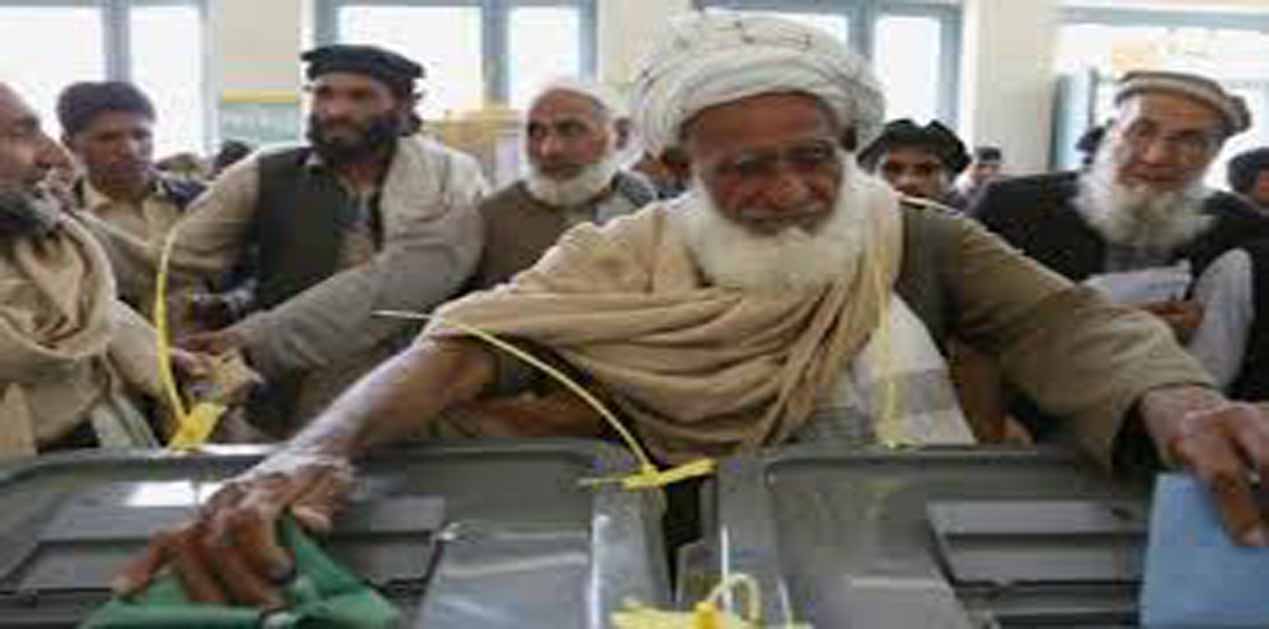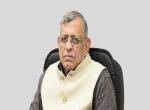After being delayed by more than three years, elections for the Afghan National Assembly (Wolesi Jirga) were finally held on 20th October amidst growing threats from the Taliban. The international media had already communicated its prejudiced views expressing doubts over Kabul’s ability to conduct elections, both from the perspective of administrative capabilities as well as the political will as Taliban intensified attacks claiming scores of lives even on the eve of the election. These fears were defied on the election day and in a development that can be understood as a moral victory for the Afghan electorate and the Afghan nation as whole, more than four million people (out of 8.8 million registered voters, which translates into an estimated voter turnout of around 45 percent) turned up to cast their votes for around 2500 candidates in fray for 250 Wolesi Jirga seats. Another achievement for the nation’s young democracy was the participation of 417 women candidates, despite the threats to life or social boycott to discourage them. Women candidates contesting from Taliban pockets must be seen as a positive development.
The use of new technology to minimise electoral malpractices has also been a much discussed matter. This advanced voting system, consisting of ‘biometric devices facial recognition and finger printing to prevent voter fraud’ generated some concerns since its operators were reportedly not trained adequately to work on the equipment.1 Further, it was felt that the presence of fake identity cards would also render the system ineffective, even if new technology is introduced. Nevertheless, introduction of new technology demonstrates Kabul’s faith in the power of electoral democracy and its strong resolve to go ahead with reforms even in midst of the threats. A good news which emerged later was the cooperation shown by the electorate at polling stations where voting had slowed down due to administrative and technical issues. Voters stood for hours for their turn, another sign that winds of change are definitely blowing. The same enthusiasm could be seen among the minority communities (who form 2 percent of the 8.8 million electorate) who too defied threats and came out to vote.2 "The long lines at many polling stations today, despite the threats and violent attacks by the Taliban and Daesh, clearly demonstrate that the problem with Afghan elections is not the enthusiasm of Afghan voters for a democratic future," said Andrew Wilder, a veteran Afghan watcher and senior fellow with the United States Institute of Peace. 3
The election year in particular has been challenging for Afghanistan with record civilian casualties as reported by the UN Assistance Mission in Afghanistan (UNAMA). The year began on a sad note with attack on the Intercontinental Hotel killing 40 people. The challenge intensified with passing months as Taliban’s attacks in Ghazni province in August alone claimed over 70 policemen’s lives. The rising violence seemed have reached a crescendo by this October, after the Taliban managed to kill General Abdul Raziq, the Kandahar police chief who had stood as a bulwark against Taliban, keeping Kandahar free from its occupation by the Taliban. It would indeed be tough to find an effective replacement for General Raziq, at least in the short run. The loss to the Afghan nation is irreparable but it only strengthened the people’s resolve to eliminate Taliban, as the voting patterns signify. Attendance of thousands of mourners at General Raziq’s funeral at Kandhar also allude towards people being fed up of the Taliban and expected strong voting trends in the province.
To dissuade the voters, the Taliban ramped up their attacks on the Election Day. Close to two hundred cases of attacks were reported that day with many people being killed. A total of 192 security incidents were reported across Afghanistan, including grenade and IED explosions, resulting in 100 civilian casualties - 17 killed and 83 wounded – as the Afghan Interior Minister Wais Barmak stated. 4 Some news sources even quoted the civilian casualties between as high as 100. In Ghazni and Kandahar, voting got postponed by one week due to greater security threats. The 20 day campaign period too was sought with challenges, where the Taliban specifically targeted the candidates and political rallies. Around ten candidates had been killed by the Taliban.5
Given these developments, it is high time that India take the lead in mobilising international diplomatic support and attention towards the confidence and fearlessness displayed by Afghans in the election time. “The enthusiastic participation of people, including the women despite terrorist violence is testament of resilience of the people of Afghanistan”, read a congratulatory statement by the Indian Foreign Office, which lauded the Afghan people for voting as well as tirelessly working towards a “peaceful, stable, united, inclusive and prosperous nation”.6
At a time when Washington, Moscow and Beijing have been concerned with negotiating with the Taliban and debating the geo-strategic future of Afghanistan, New Delhi threw its unconditional support on strengthening Afghan democracy.
References:
- Concern about voting system ahead of Afghanistan election, Al Jazeera, Doha, September 30, 2018.
- Rahim Faiez, “A look at Afghanistan’s parliamentary elections”, Washington Post, October 20, 2018.
- Rahim Fayez, Amir Shah and Kathy Gannon, “Violence, confusion surround Afghan parliamentary elections”, Miami Herald, Florida, Octobe 20, 2018.
- Ruchi Kumar, Hikmat Noori, “Afghan elections 2018: Voters go to the polls amid Taliban threats - live blog”, The National, Abu Dhabi, October 20, 2018.
- Sayed Salahuddin, Sayed Salahuddin, “Bomb kills Afghan candidate in latest Taliban attack on parliamentary polls”, Washington Post, Washington DC, October 17, 2018.
- “India congratulates people of Afghanistan for participation in Parliamentary Elections”, Ministry of External Affairs, Government of India, October 21, 2018.
Image Source: https://encrypted-tbn0.gstatic.com/images?q=tbn:ANd9GcTyQFzSyJhiAUHFSVvcE5n7fN-JfGEP-wgMkVS_f-h9bQHO91l_qQ











Post new comment